The main objective of the preventive dentistry is that based on the contemporary research of the causes of oral diseases, provide and recommend the most effective measures for its prevention. The preventive dentistry helps to keep dental health and thus reduce the number of dental treatments.

Two main causes of tooth loss are decay and the gum disease. The so much better prevention of these two problems, the greater is the chance that you will keep your teeth for life. When patient and dentist cooperate with each other, the need for frequent visits to the dentist can be reduced and it would be possible to avoid a standard form of intervention – making fillings and tooth extractions. At the DENTAL CLINIC ”RODA you will be given a recommendation for the plan which will lead your oral health back to normal and upon that, the ways how to maintain the achieved results.
Even if you have lost all your teeth and wear full dentures, regular dental check-ups are necessary. Cancer of the mouth, stomatitis (inflammation of the lining of the mouth and gums) can be identified in time and initiate the appropriate therapy.
Prevention of the diseases provides the best results in children and adolescents but is never too late to start taking care of your oral health.
What can You do for the health of your teeth?
- Brush your teeth twice a day for 2 minutes (but effectively) with fluoridated toothpaste in a slow circular motion, never rude, not to damage the enamel or cause the gum injury and /ortheir withdrawal. Choose a toothbrush with soft fibre and change it every 3 months or sooner if you notice that the fibre is damaged
- Use dental floss and interdental brushes (a standard brushing cleans only 60% of the teeth)
- Use mouthwash (except refreshing breath, most of it have antimicrobial activity to prevent gum disease and fluorides for prevention of dental caries)
- Reduce intake of sweetened food and drink between the main meals. Fruit, nuts, cheese or vegetable is more useful for your teeth
- Use a straw when you drink fizzy and acidic drinks, because in this way the direct effect of acid on tooth enamel is reduced
- Do not brush your teeth for half an hour to an hour after consuming food or drink. The enamel on short softens immediately upon their entry, loses part of its minerals and thus is susceptible to damage. Dental erosion is the irreversible loss of dental hard tissue due to the action of acid. When tooth enamel gets ”depleted“ there is tenderness and unpleasant reactions to hot and cold food or drink.
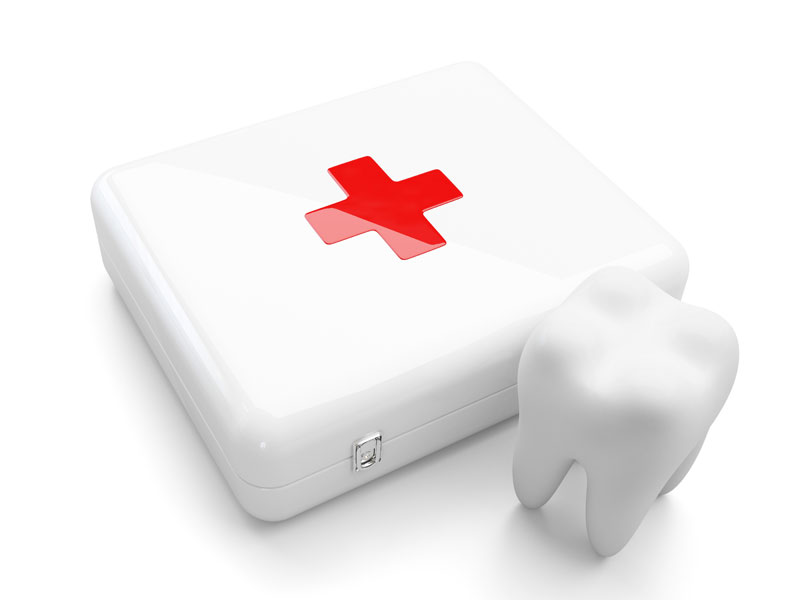
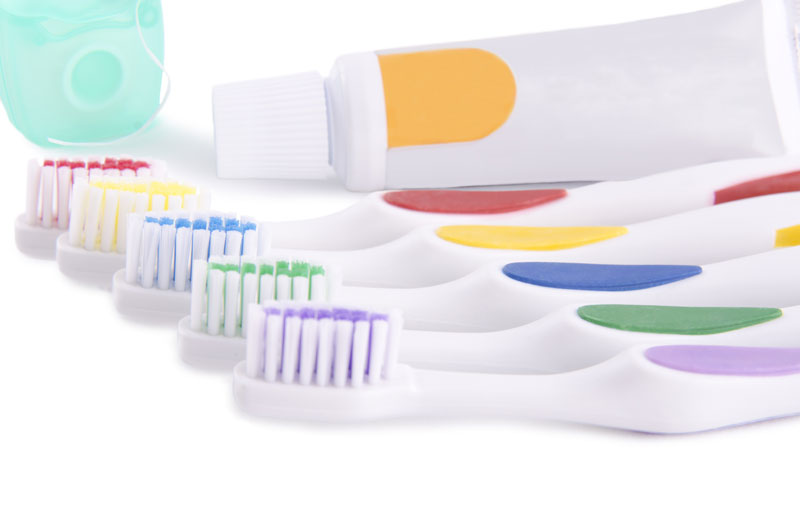
Which treatments are carried out by a dentist?
Professional Teeth Cleaning
Removal of soft and hard deposits is the basic measure, performed by a qualified person, the dentist, with the aim of prevention of occurrence of diseases of the supporting apparatus of teeth – gingivitis and periodontal disease. Regular removal of pigmentation, dental plaque and tartar, besides improving aesthetics, involves extending the lasting of your teeth. Even if regularly and carefully you maintain your oral hygiene, scalecan occur, especially in areas difficult to access for cleaning.
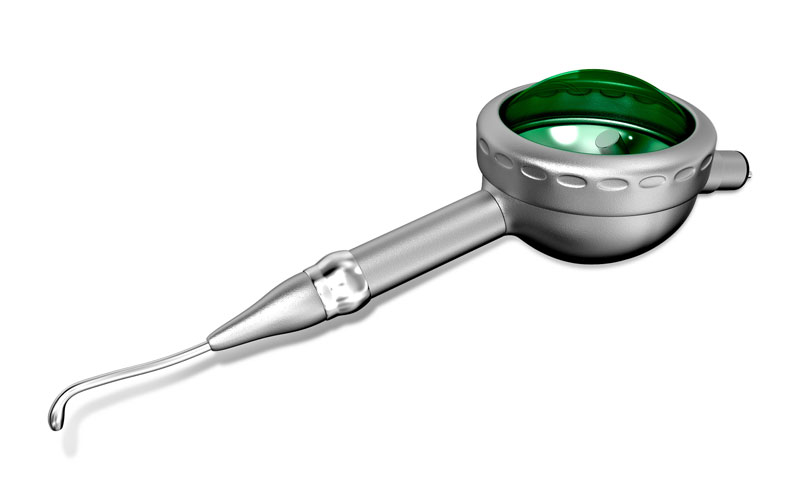
What is plaque and what is tartar?
Plaque is a ”mixture“ of bacteria and their products, minerals and food residues. Limescale is a mineralized plaque. Usually has a milky white colour, like teeth colour, so people can mistakenly identify it with the part of the tooth, although its colour can vary from light brown to black. Bacteria makes plaque ”sticky“ and harden minerals, and the longer standing on the tooth, it’s harder and harder to remove it. It takes only 24 hours for plaque to harden so much that it cannot be removed with a brush or floss.
Why is plaque harmful?
Bacterial products irritate the gums and cause inflammation, actually, gingivitis. If the plaque is not treated promptly, it can result in further deterioration of periodontal tissues and form periodontitis.
What does professional teeth cleaning implement?
Dentist at the DENTAL CLINIC ”RODA, use various instruments and modern equipment such as ultrasound, AIR JET, AIR FLOW, diamond polishers to remove deposits of plaque and tartar from your teeth. Having been removed all debris follows the polish for brightness and perfect smoothness of the teeth. For this purpose special rubber band, toothbrushes and prophylactic pastes are used. After a thorough cleaning process, you will feel that your mouth is much fresher and cleaner, and that your teeth are visibly whiter.
What happens if you do not regularly visit dentist for professional cleaning treatment?
If you allow a limescale to accumulate around your gums and below them at the root of the tooth for a long time, the removal process will be more extensive and more difficult; it may require the use of local anesthesia, especially if your gums became sensitive or already developed an infection.
Fissure Sealing
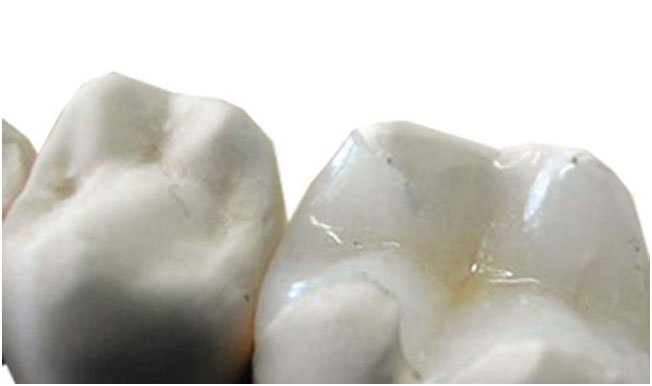
Fissure sealing involves filling up the natural cavity on the chewing surfaces of permanent posterior teeth with liquid composite enriched with fluorine, to prevent retention of plaque and caries. The procedure is timely short and easy and does not require prior removal of tooth substance.
Since the caries in most cases occurs on the chewing surfaces of the first permanent molars, sealants are the right solution in terms of prevention. In high-risk patients the fissure sealing should be done around all of posterior teeth, in order to forestall the emergence of larger lesions.
Teeth Fluoridation
Professional application of fluoride involves coating the teeth surfaces with solutions, jellies or lacquer that contain high concentrations of fluoride. These fluoride concentration levels are much higher than those contained in toothpastes or mouthwashes. Fluoride supplements are also available in the form of tablets or liquid but might be used only by prescription from dentist or paediatrician.
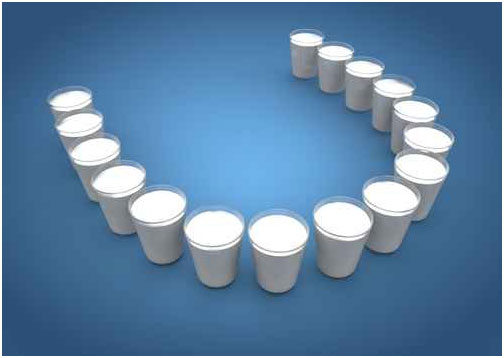
Changes constantly occur in the oral environment, especially in dental plaque, which significantly affects the stability of the surface layers of enamel. In the decay formation, mineralization and demineralizationare the most important processes. When it comes to the fall in plaque pH value, chemical decomposition of essential minerals such as calcium and phosphate compounds occurs, as part of it goes to the saliva.
Therefore, the plaque remains poor in calcium salts and disturbs the biological balance. As the organism tends to re-establish the balance, the lack of calcium in plaque is offset from the enamel by its increased decomposition. At the same time, starts the process of returning of the minerals to the enamel (remineralization), but in the acid environment demineralization is much more pronounced. If the normalization of pH (from acidic to neutral) is not established for a longer period of time, the loss of mineral content in teeth enamel becomes significant and growing of the initial caries lesions, so-called ”white spot“ occur.
The permanent presence of optimal amounts of fluoride leads to the healing of the initial carious lesions, as fluoride ions accelerate the establishment of mineral balance in all areas of enamel attacked by caries. The ”repaired“ enamel becomes even more resistant in relativity to the healthy enamel surrounding.
Based on numerous studies, it was found that the fluoride is the most powerful tool in caries prevention.
Local fluoride application is extremely important in the prevention and treatment of caries in primary teeth, so it is advisable to start at theage 3-4, when in most cases the primary dentition is completed. At that age, fluoridation in the form of lacquer is a great solution. It is a pleasant experience for a child, because it is not strenuous and is short in duration (takes -about 30 seconds, as necessary for the lacquer to apply and dry). If carried out every 3-6 months, this method is very successful in preventing caries. Local application solution or jelly is suitable for children aged 5-6, since they have controlled swallowing reflex. Such treatment lasts longer and requires the child’s cooperation – it is necessary that the child vigorously spit out applied jelly within 30 seconds, to avoid swallowing the contents and possible overdose. It is recommended to apply such process 1-2 times a year. An hour after the application food and drink must not be consumed.
Production of All Types of Protective Foils and Splints for Teeth
Occlusal splints are acrylic sheets, individually made in the laboratory on the basis of previously taken imprints of your teeth. They are designed to precisely lean on the teeth of the upper or lower jaw. Such splints are often used in the treatment of bruxism, temporomandibular joint disorder and related conditions such as tension headaches and neck pain.
Bruxism (clenching and teeth grinding) leads to accelerated wear of the biting surface of the teeth, abrasion, and permanent damage to the supporting apparatus of teeth as well as
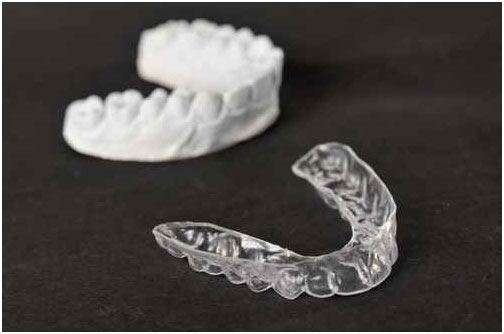
If there is tenderness on certain pressure points on forehead, neck and occiput, it is likely that you suffer from bruxism and you are not even aware of it. Studies show that among people who squeezes and gnash their teeth, comes to 80 times higher wear of occlusal surfaces in the course of a day than those who do not have this ”subconscious habit“.
Wearing a splint, made of soft or hard acrylic, depending on the indications, successfully prevents the effects of bruxism, and your teeth are,at the same timeprotected from excessive ”wear and tear“.
If you have recognized yourself in any of these symptoms, make an appointment for a free examination and consultation at the DENTAL CLINIC ”RODA“and we will, based on a thorough anamnesis and physical examination, determine the true cause of your problems and recommend the appropriate therapy.
Timely care for your oral health, or prevention, will provide you a healthy and beautiful smile, and save time and money for the rehabilitation of the consequences that could have been avoided in time.


